Award platforms reveal a huge gap between genders in the Australian graphic design industry. This poster series, exhibited at the 'Anonymity' exhibition in Melbourne, reveals an under representation of women in roles such as creative directors, illustrators and designers.
The Australian Graphic Design Association (AGDA) founded in June of 1988, stands as a representative for the community of graphic designers in Australia and has grown to have over 2,600 members in 2016. Since April 1992, it has encouraged members to participate in the National Biennial Awards to celebrate and recognise exceptional graphic design being produced in Australia.
It is these AGDA National Biennial (now annual) Award compendiums, that have become an archive of imagery, studio names, industry roles and individuals, that has been investigated to examine the visibility of women to men in Australian graphic design.
Through these awards it is possible to collate the gender of winners. No other gendered historical data including the AGDA membership base, council members nor studio owners and employees is available for analysis. Census data from the Australian Bureau of statistics was consulted but the rapid evolution of the labels assigned to the producers and makers of graphic design makes it difficult to identify any patterns of gendered involvement in the industry over time.
The methodology used to collect this data set, began by discovering copies of all the officially published books and websites that displayed the AGDA award winners. The awards titled: judge’s choice, finalist, commendation, distinction and pinnacle, were all included in the tabulation. Genders were then assigned to the winner’s names. Names with an ambiguous gender were typed into Google and LinkedIn to further investigate which gender category they best fit into. Throughout this research, gender was acknowledged in a broader sense than just binary options and those who were neither clearly male nor female were labeled in a third category as ‘unknown or other genders’.
Women represented, on average, only 25% of awards winners in graphic design. Photography: Rikki Paul Bunder
Designer’s roles were distilled to: art directors, designers, finished artists, illustrators, typographers / hand letterers, creative directors / design directors / executive creative directors / associate creative directors. Over the course of three decades, these categories have changed and evolved to a point in which the 2015 awards have eliminated all roles except those of designer, art director and creative director, possibly signifying a narrowing of the definition of what a graphic designer does, but at the same time reinforcing the categories chosen in this research. Some of the roles that have not been included are specialist crafts like photography, sculpting, writing and styling and production roles like project managers, printers, paper supplier and editors.
Purchase the full list of women who have won AGDA awards here.
These posters make a visual statement on the invisibility of women in the AGDA awards. Monochromatic materials were utilised to obscure the information and present the data as black on black. The black pie graphs were printed on clear acetate and pushed up against glass in a large black frame. A centimetre behind the design, a black mount obscures the text and serves as a platform for casting a shadow of the image further challenging its readability. The way in which the viewer must closely explore the posters to digest the data and the presence of women as negative space, prompts the viewer to ask the question – why don't women win design awards?
Below is the data designed as sharable animated gifs,
showing the visibility of women between 1994 and 2015 in the AGDA awards.
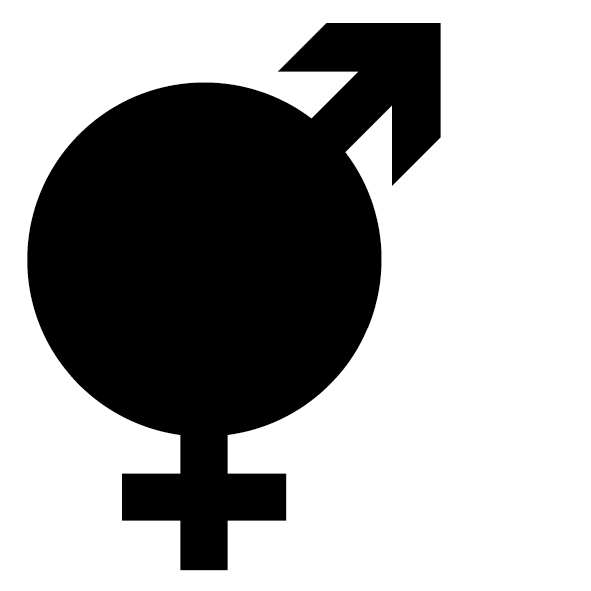
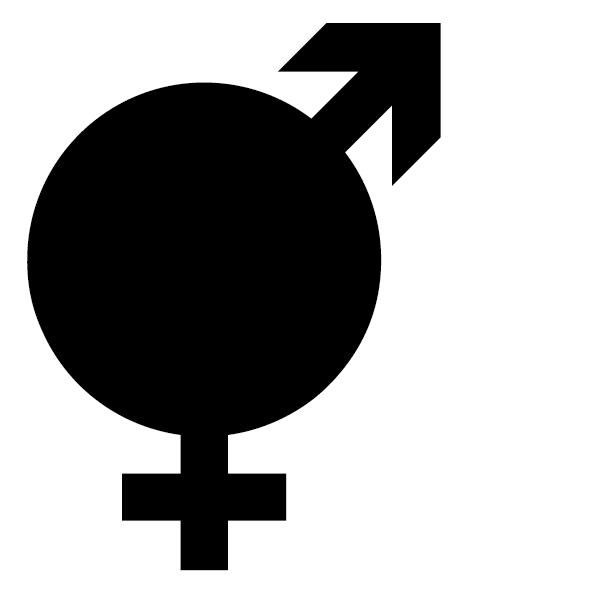
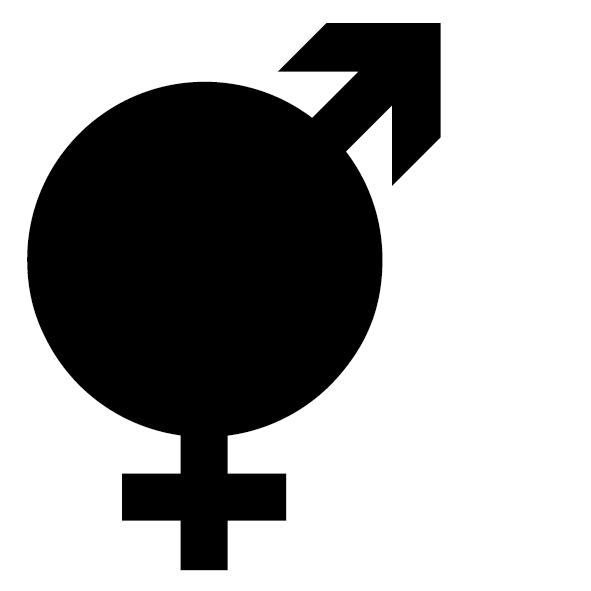
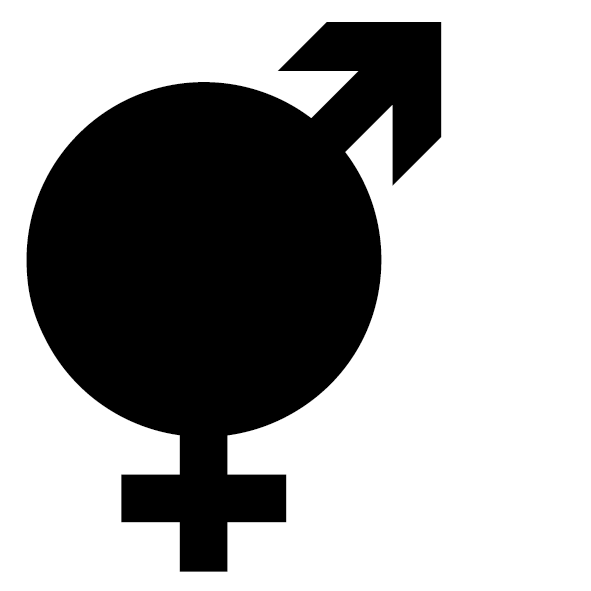
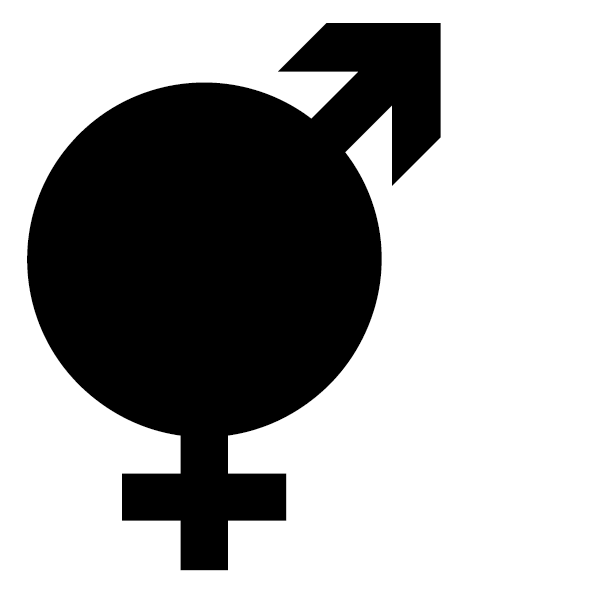
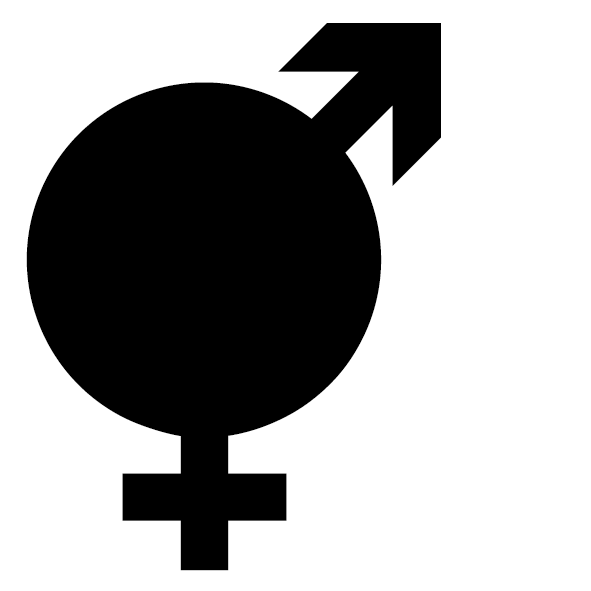
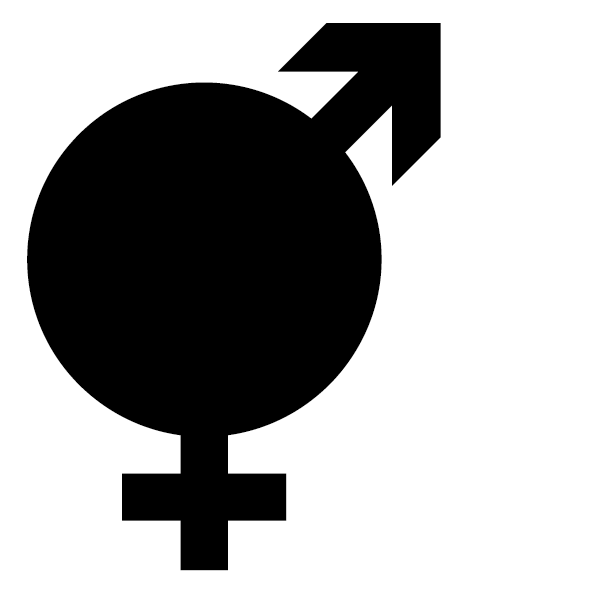
These sharable gifs show the average percentage of women represented in the Australian Graphic Design Association awards between 1994 and 2015.

